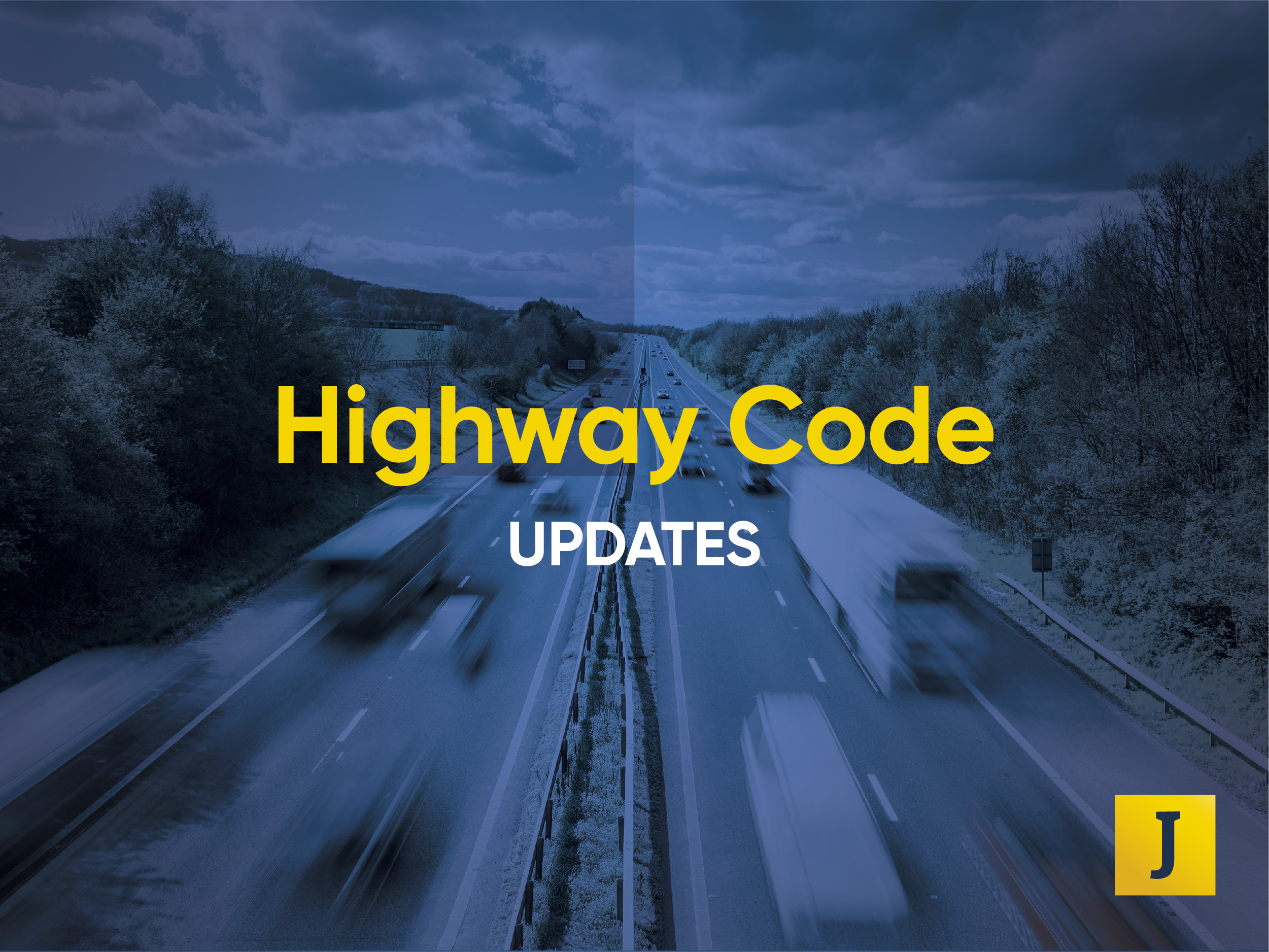Following a consultation in July 2021, a number of changes were proposed to the UK’s Highway Code. As of January 2022, these changes are now in force, meaning changes to the way all road users approach their journeys. The updates may also have a legal impact on road traffic accident claims moving forward.
What is the Highway Code?
The Highway Code was initially published in 1931, and has been updated regularly to reflect changes in current road practices. It is an official government publication outlining set information, advice, guides and mandatory rules for road users in the United Kingdom.
The rules in the Highway Code apply to all road users, including pedestrians, horse riders and cyclists – as well as drivers and motorcyclists.
While the Highway Code itself is not enshrined in law, many of the rules outlined in it are backed up by law or legal precedent. These rules are identified in the document with wording such as ‘must’ or ‘must not’, where elsewhere it might read ‘should’ or ‘should not’. These rules will also give reference to the corresponding legislation.
However, even those rules that don’t have a legal backing should be adhered to both in order to keep every road user safe, and to ensure you are legally protected. Where a personal injury claim is made, for example, a party breaking rules outlined in the Highway Code would be likely to be considered at fault.
What are the Changes to the Highway Code?
The new hierarchy of road users
The new hierarchy of road users has been designed to make priorities for road users clearer, and keep those who are most at risk of serious collisions safe.
Those higher up the list have right of way over those below them. It gives protection to the most vulnerable on the road, and puts the greatest responsibility on those who have the potential to do the most harm.
The new hierarchy is:
- Pedestrians
- Cyclists
- Horse Riders
- Motorcyclists
- Cars/taxis
- Vans/minibuses
- Large passenger vehicles or courier vehicles (such as buses or HGVs)
Pedestrian priority
Before the updates, vehicles had right of way at junctions unless a pedestrian was already crossing the road – including on zebra and parallel crossings.
The changes to the Highway Code have now seen pedestrians given the priority in all situations – meaning that drivers, cyclists and horse riders all must give way to pedestrians waiting to cross at crossings or when they are turning into a junction.
Cyclist priority and positioning
Cyclists must now be regarded as another motor vehicle. Vehicles may not cut across a cyclist’s right of way, including turning at a junction in a way that would make a cyclist stop or swerve. Vehicle drivers must stop and wait for a gap in the flow of cyclists.
Cyclists must cycle no less than half a metre from the curb, and are now permitted to ride in the centre of a lane in order to make themselves visible on the road. They must also ensure that they leave one car door’s width when passing parked cars to mitigate the risk of being hit by a vehicle door.
Drivers must leave 1.5 metres of space when overtaking a cyclist at up to 30mph. Where their speed exceeds 30mph, they must leave even more space.
Exiting a vehicle
It is now advised that drivers open their door to exit using the hand furthest from that door – the idea being that this will force them to turn their head and look backwards, allowing more chance of spotting oncoming cyclists or motorcyclists before the door is opened.
Being aware of the changes to the Highway Code
A recent survey by The AA highlighted that 33% of drivers asked were not aware of the Highway Code updates. It’s incredibly important that all road users familiarise themselves with the new rules, ensuring that everyone keeps each other safe!
The full Highway Code is available to review for free on the GOV.UK website.
Will the New Highway Code Rules Impact Personal Injury Claims?
Courts will now take the new Highway Code rules into account when dealing with road traffic incidents. For example, where personal injury claims involve drivers, pedestrians or cyclists, liability is likely to fall on those further down the new hierarchy.
Where liability was often difficult to establish in personal injury cases, these new rules seem to offer a much clearer guidance on where blame might sit.
What should I do if I’m in a road traffic accident?
It is a criminal offence not to stop if you are involved in an accident. Regardless of the ‘seriousness’ of the incident, you must stop immediately, and stay as long as required. Give your name, address and insurance details to anyone with an obvious right to ask for them, and ensure you request any details you may need.
Make sure you stop somewhere safe, and get out of your vehicle to assess the situation. Not exiting your vehicle is legally regarded as a ‘failure to stop’.
If you can confirm with all other involved parties that no damage or injury has been caused, you are free to leave.
Where damage has occurred but no injury, you should exchange details with other involved parties, and then you may leave.
If serious injuries have been sustained, you must call the emergency services on 999.
If minor injuries have been sustained to either people or animals, every involved party must report the incident to a police officer within 24 hours. Failure to do so is a criminal offence.
Do:
Get everyone to safety
Take photographs
Get witness details
Exchange insurance and contact details
Write down the events
Report the incident to your insurers
Do not:
Admit any liability
Jefferies are here for you
Whether you’re a driver, pedestrian or cyclist, you can discuss any concerns regarding by contacting our legal team here or call 01702 332 311 .
